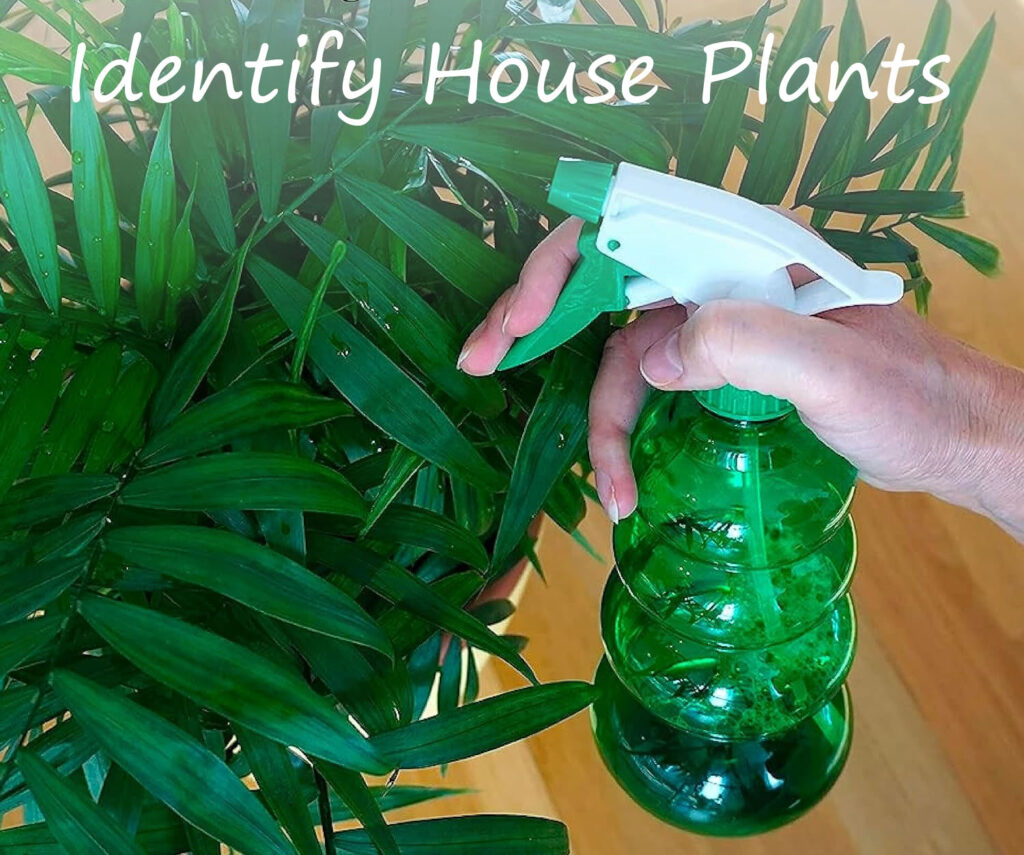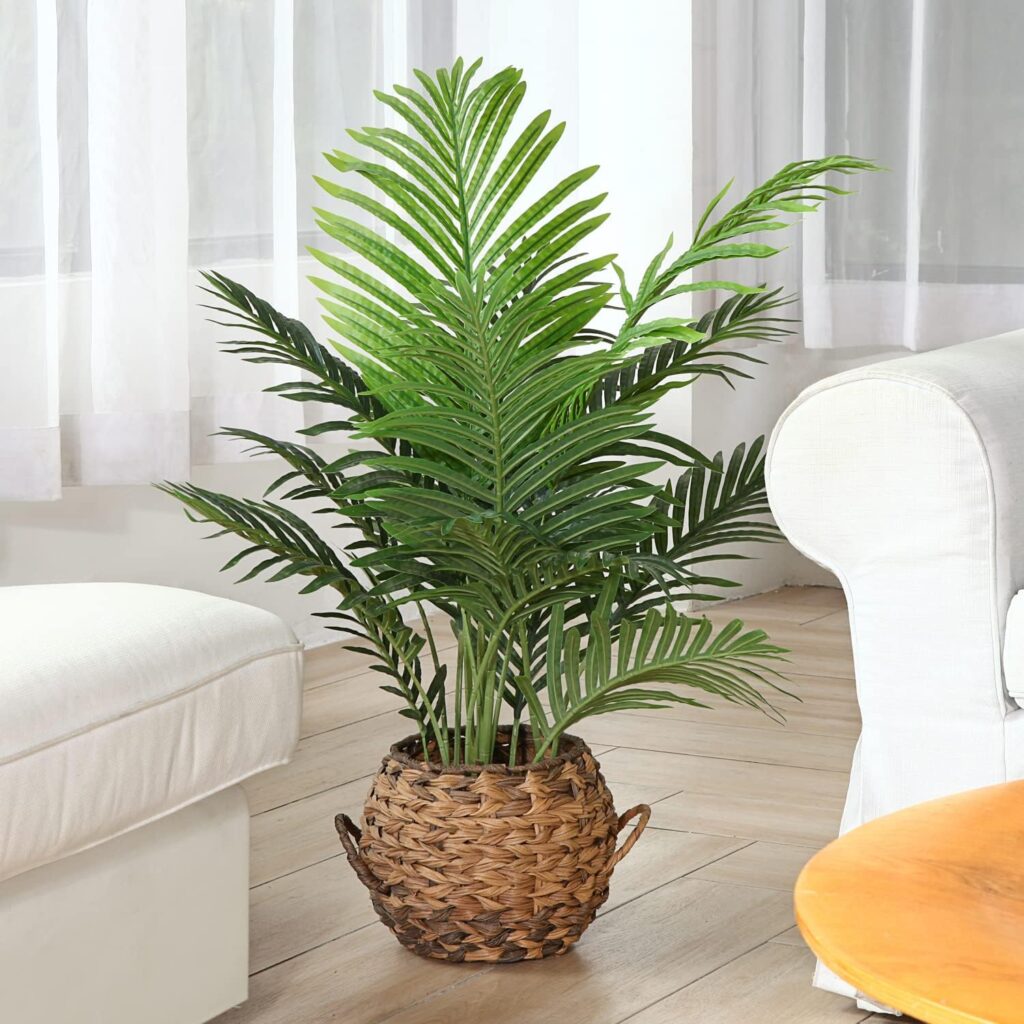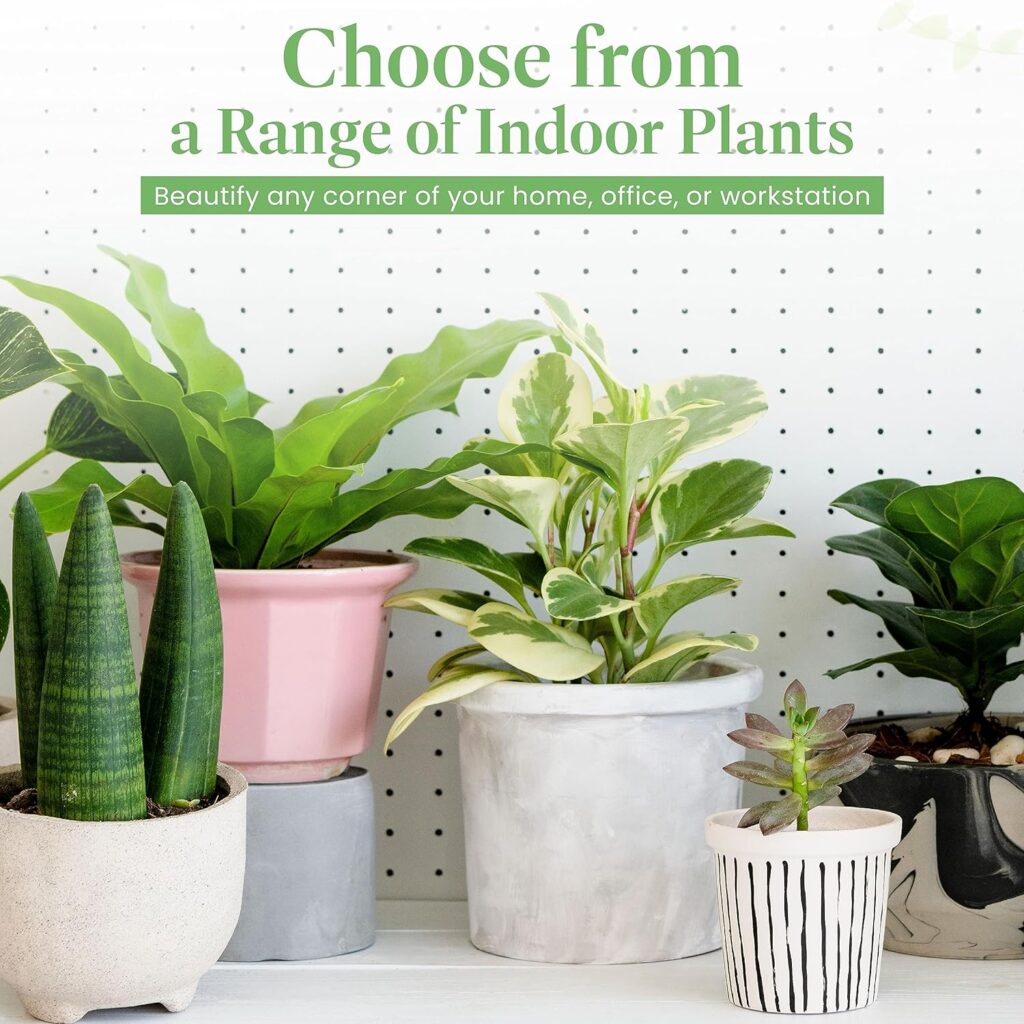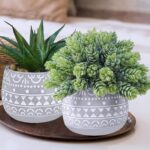To identify house plants, examine their leaf shape, size, and color. Note flower characteristics, if present, for a precise identification.
House plants bring a refreshing touch of greenery to any indoor space, making them popular among homeowners and plant enthusiasts alike. A wide variety of species exists, each with its unique requirements for sunlight, water, and care. Knowing the type of house plant you have is crucial for proper maintenance and ensuring its health and longevity.
Whether it’s the rich foliage of a Fiddle Leaf Fig or the cascading tendrils of a Spider Plant, recognizing the nuances of your green companions can enhance your horticultural experience. This knowledge not only contributes to the aesthetic value of your living or workspace but also supports the plant’s wellbeing, resulting in a more vibrant and thriving plant life. With a little observation and the right information, identifying and caring for your indoor plants can become an enriching and satisfying aspect of your daily routine.
Benefits Of Having House Plants
House plants transform your living space into a green oasis. Not only do they add a touch of nature to your home, but they also come with a host of benefits. Whether you’re a seasoned green thumb or just getting started, it’s easy to identify house plants that will thrive in your care. Let’s explore the advantages of inviting these leafy friends into your home.
Improved Air Quality
Plants are nature’s air purifiers. By introducing house plants, you welcome a natural way to filter the air. Here’s how they help:
- Remove toxins: Plants like Spider Plant and Snake Plant are known to absorb harmful toxins like formaldehyde and benzene.
- Release oxygen: Through photosynthesis, plants convert carbon dioxide into oxygen, refreshing the air.
- Balance humidity: By releasing water vapor during transpiration, plants maintain a balanced indoor humidity.
Reduced Stress And Anxiety
When you surround yourself with greenery, you’ll notice a calming effect. Delving into the plant world can lead to reduced stress levels. This is why:
- Nature’s calm: The color green is associated with calmness and can help reduce anxiety.
- Mindful care: The act of caring for plants can be meditative and stress-relieving.
Enhanced Mood And Well-being
House plants do more than just brighten up a room; they enhance your well-being. Benefits include:
| Benefit | Description |
|---|---|
| Mood boost: | Plants can help lift your spirits and energize you. |
| Concentration: | Studies show that plants can help improve focus and productivity. |
| Healing: | Exposure to plants may speed up recovery from illness. |

Choosing The Right House Plants
Choosing the right house plants sets the stage for indoor greenery success. It’s all about matching plant preferences with your home’s conditions. Follow these simple steps to identify house plants that thrive in your space!
Consider Lighting Conditions
Plants need light to grow. Some want lots of sunlight, others less. Know the light in your home before you choose. Here are some quick tips:
- Bright, direct sunlight: Perfect for sun-loving plants.
- Partial shade: Ideal for plants that prefer a mix of shade and light.
- Low light: Some plants thrive even in dim corners.
Match plants with the light you have. This way, they stay happy and healthy.
Evaluate Space Availability
Every plant needs room to grow. Be sure you have the space for your new green friend. Here’s a guide:
| Plant Size | Space Required |
|---|---|
| Small | Tabletops or shelves |
| Medium | Corners or plant stands |
| Large | Open floor areas |
Assess Maintenance Requirements
Some plants need more care than others. Check the maintenance before you commit. Here’s a quick list:
- Watering frequency: From once a week to once a month.
- Pruning: Some plants need regular trimming. Others don’t.
- Repotting needs: Fast growers may need more room soon.
Choose plants that fit your lifestyle. Less work means more enjoyment!
Popular Low-maintenance House Plants
Whether a beginner plant parent or a busy individual, low-maintenance house plants make green living easier. The right plants can transform a space. They purify the air and boost your mood. Here are some popular choices to help identify house plants that require minimal care.
Snake Plant
The Snake Plant, also known as Sansevieria, stands tall with its sword-like leaves. It thrives on neglect. Water it sparingly, and it will grow.
- Light: Adapts to low light
- Water: Infrequent
Pothos
Pothos, or Devil’s Ivy, showcases heart-shaped leaves. Its trailing vines can climb or hang. Cuttings root easily in water.
- Light: Low to bright, indirect
- Water: When soil is dry
Zz Plant
The ZZ Plant, or Zamioculcas zamiifolia, features waxy leaves on sturdy stems. It is drought-tolerant and grows in low light.
- Light: Low to moderate
- Water: Every 2-3 weeks
Spider Plant
The lively Spider Plant, with its ribbon-like leaves, is a playful addition. It produces baby plants, or ‘spiderettes,’ on its stems.
- Light: Bright, indirect
- Water: Weekly
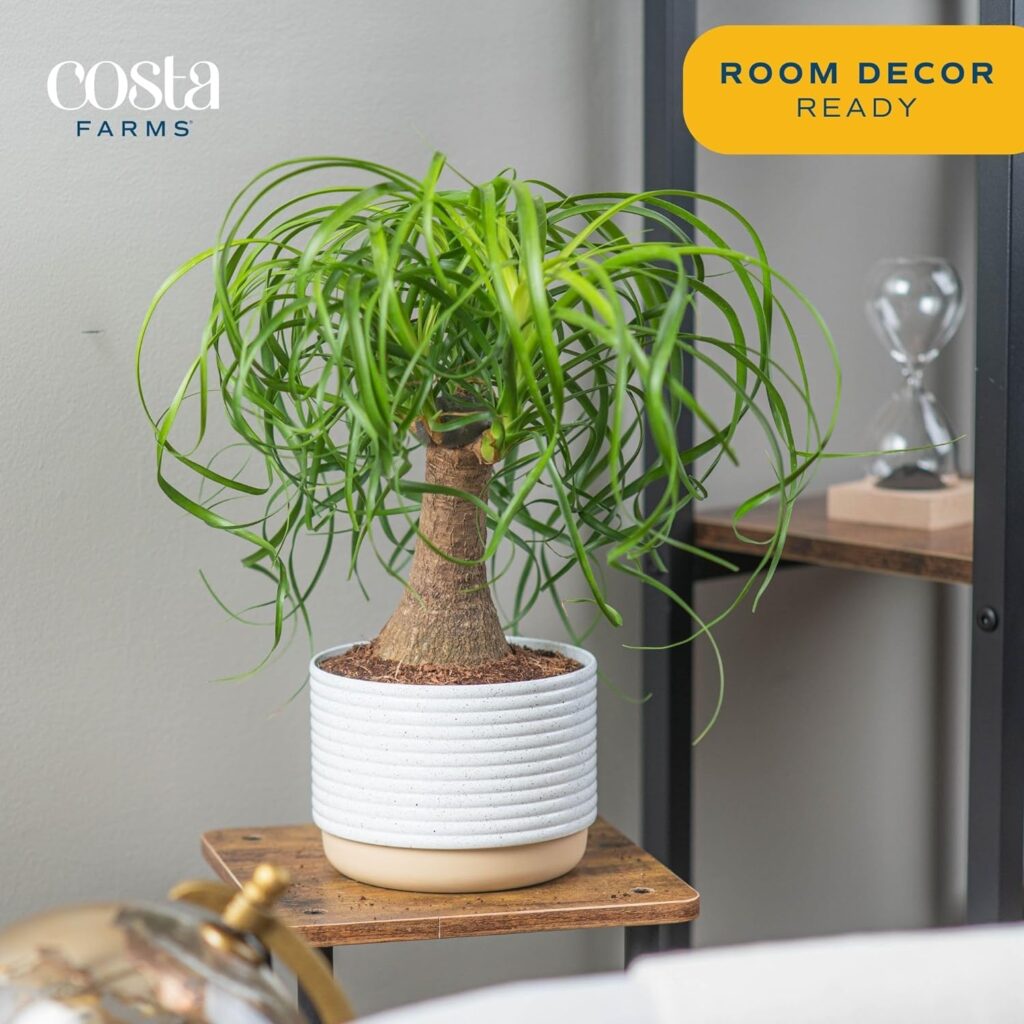
House Plants For Bright Sunlight
Embracing sun-loving greenery indoors can transform your space into a radiant oasis. “House plants for bright sunlight” thrive in environments where the sun generously shares its rays. If your rooms are bathed in ample natural light, there’s a diverse range of green companions ready to flourish. Let’s identify house plants that not only soak up the sun but also uplift your home’s vibe.
Aloe Vera
Aloe vera, the sun’s best friend, is not just a plant; it’s a multi-tasking marvel. Its plump, spiky leaves hold a soothing gel known for healing and skincare benefits. Place it in a bright spot and watch it thrive with minimal care. Water sparingly and enjoy its purifying presence.
Succulents
Succulents are the perfect pick for sunny sills. They share a love for light that matches their varied and vibrant forms. From the rosettes of Echeverias to the stretch of Senecios, these low-maintenance beauties need little water. They bask in the sunlight, growing colorful and strong.
- Water only when soil is dry
- Rotate for even light exposure
Jade Plant
Jade plant carries the essence of a mini tree with its woody stem and plump leaves. It’s a symbol of good luck and requires a cozy spot with plenty of sunlight. Water when the top soil feels dry to the touch. With proper care, a jade plant can last for years, bringing joy and vibrance to your space.
| Plant | Light Requirement | Watering Schedule |
|---|---|---|
| Aloe vera | Direct sunlight | Every 3 weeks |
| Succulents | Bright, indirect light | When soil is dry |
| Jade plant | Full sun to partial shade | When top soil is dry |
House Plants For Low Light Conditions
Some house plants thrive even without much sunlight. These plants are perfect for areas in your home that don’t get a lot of natural light. They also make your indoor space feel fresh and lively. Knowing how to identify house plants suited to low light is key. Here are three that love the shade:
Peace Lily
The Peace Lily is a popular choice for darker rooms. It blooms white flowers that brighten up any space. It’s also known for its air-purifying qualities.
- Water: Moderate, keep soil moist
- Light: Low to moderate, indirect light
- Bonus: Signals when thirsty by drooping slightly
Chinese Evergreen
Chinese Evergreen is one of the easiest to care for. It has lush, patterned leaves. This plant adapts well to dimly lit areas.
| Water | Low |
|---|---|
| Light | Low |
| Bonus | Tolerates poor light well |
Cast Iron Plant
The Cast Iron Plant earns its name. It’s tough and can handle neglect. This hardy plant will grow even in dark corners of your home.
- Watering: Infrequent
- Light: Low
- Bonus: Very durable, almost indestructible
Pet-friendly House Plants
Identify house plants that add life to your home without risking your pets’ safety? You are in the right place. A sprout of green can brighten any space but it’s essential to ensure these leafy friends are safe for cats and dogs. From the lush Areca Palm to the resilient Boston Fern, discover a world of pet-friendly house plants below.
Areca Palm
The Areca Palm, known for its feathery leaves, is a top choice for pet-friendly households. This plant doesn’t just elevate your décor; it’s also harmless to your furry companions. Easy to care for and a great air purifier, the Areca Palm is a lovely addition to any pet-friendly plant parent’s collection.
Boston Fern
Nestle a Boston Fern in a hanging planter, and watch your room transform. These lush greens are non-toxic to pets and bring a touch of wilderness indoors. With its vibrant fronds, the Boston Fern thrives in indirect light and a bit of humidity—perfect for a lively bathroom or kitchen setup.
Parlor Palm
If you’re seeking a plant that meshes well with any style, meet the Parlor Palm. Loved by cats and dogs alike, this pet-safe pick grows in low light and asks for minimal care. If you’re juggling a busy routine, the Parlor Palm is a forgiving companion that still ensures your pets’ safety within a leafy oasis.
Caring For House Plants
Healthy plants make a home feel fresh and lively. To keep your green friends thriving, they need proper care. Whether you’re a seasoned plant parent or just starting to identify house plants, mastering the basics of plant care is key. Follow these essential tips to ensure your plants remain vibrant and strong.
Watering
Water needs vary among different plants. Over-watering is as harmful as under-watering. Here’s a quick guide to keep your plants perfectly hydrated:
- Stick your finger into the soil up to the first knuckle. Dry soil means it’s time to water.
- Pour water slowly at the base until it drains out the bottom—this ensures deep hydration.
- Catch excess water in saucers to prevent root rot.
- Reduce watering in cooler months when plants grow slower.
Fertilizing
Fertilizers provide essential nutrients to your plants. To encourage growth, remember these fertilizing tips:
- Use a balanced, water-soluble fertilizer every 4-6 weeks during the growing season.
- During dormant periods, typically winter, fertilize less frequently or not at all.
- Always follow the recommended dosage on the fertilizer package.
Pruning
Pruning keeps plants healthy by removing dead or diseased leaves. It also encourages new growth. Here’s how to prune effectively:
- Use clean, sharp scissors or pruning shears.
- Cut just above the leaf nodes for better plant shape.
- Remove yellow or brown leaves regularly.
Dealing With Pests
Pests can be a nuisance, but they are treatable. Protect your plants with these steps:
| Pest | Signs | Solution |
|---|---|---|
| Spider Mites | Small webs, yellow specks on leaves | Mist leaves, use insecticidal soap |
| Mealybugs | White cottony patches | Dab with alcohol, apply neem oil |
| Fungus Gnats | Tiny flies around plants | Use yellow sticky traps, let soil dry out |

Credit: www.glamour.com
Common Mistakes To Avoid
Are you eager to keep your leafy companions thriving? Identifying house plants is just the start.
Mastering their care is key. Steer clear of the common blunders below to ensure your green friends flourish!
Overwatering
Too much water spells trouble for most houseplants. Roots need air as well as moisture. If they’re constantly swamped, they’ll suffocate and rot.
Here’s what you should avoid:
- Don’t water on a strict schedule.
- Feel the soil first; it dictates watering needs.
- Avoid pots without drainage holes.
Underwatering
Underwatering is another threat to plant health. Plants with puckered leaves or dry, light soil need help.
Avoid these common signs of underwatering:
- Leaves turning brown and crispy
- Soil pulling away from the pot’s edges
- Slow growth or wilting
Placing Plants In The Wrong Location
Light is food for plants. But too much or too little can harm them. Choose a spot that mimics their natural habitat.
To keep your plants happy:
- Check light requirements when you identify house plants.
- Observe how sunlight moves in your space.
- Avoid dark corners for sun-loving species.
Using Incorrect Soil Mix
The right soil mix is crucial for plant health. It provides nutrients, air, and water.
Follow these tips:
- Research the best soil mix for your specific plants.
- Use well-draining soil to prevent root rot.
- Refrain from reusing old soil.
Decorating With House Plants
Welcome to the lush world of indoor gardening, where identifying house plants is just the beginning! Decorating with house plants not only brings the beauty of nature indoors but also enhances your decor with vibrant life. In this chapter, we’ll explore how to turn your living space into a green sanctuary with a few simple styling tips. Let’s begin by arranging plants to create a cozy corner for nature lovers.
Arranging Plants In Clusters
Grouping different plants together can create a visually dynamic space. Cluster plants in odd numbers for a natural look. Vary their heights to draw the eye upward, adding dimension to the room. Think about creating a mini-jungle by your window or a green tableau on your coffee table. Always consider indirect sunlight availability and plant compatibility when clustering your green companions.
Choosing Stylish Planters
The right planter is like the perfect frame for a work of art. Choose styles that complement your decor, whether modern geometric patterns, sleek ceramics, or rustic baskets. A uniform collection of planters brings harmony while a mix-and-match approach lends eclectic charm. Don’t forget to ensure pots have proper drainage to keep your plants healthy.
Mixing Plant Sizes And Shapes
Variety is the spice of life, and this holds true when you identify house plants for your home décor. Mix tall and slender plants like the Snake Plant with the broad leaves of a Peace Lily. Contrast feathery ferns with the sculptural simplicity of succulents. This diversity mimics the beauty of an outdoor garden and adds a sense of adventure to your indoor space. Remember, the key is balance, so blend shapes and sizes wisely for a cohesive look.
Creating A Plant Care Routine
Caring for house plants is a refreshing hobby. It keeps our homes vibrant and our air clean. Each plant has unique needs. A thoughtful care routine helps them thrive. Identify house plants in your collection. Learn their specific care requirements. Let’s dive into making a routine for your green buddies.
Establishing Watering Schedule
Each plant has its watering rhythm. Succulents prefer dry soil. Ferns love moisture. Identify your plant’s needs. Create a schedule that matches.
Consistency is key. Water in the morning. It gives your plants time to absorb moisture before nightfall. Prevent overwatering. Check soil moisture with your finger. If it’s damp an inch below the surface, wait.
| Plant Type | Watering Frequency |
|---|---|
| Succulents | Once every two weeks |
| Ferns | Twice a week |
Setting Reminders for Plant Maintenance Tasks
Setting Reminders For Plant Maintenance Tasks
Life gets busy. It’s easy to forget plant care tasks. Use your phone. Set reminders. Fertilizing, pruning, and repotting should not be missed.
- Fertilizer: Season-based reminders
- Pruning: At growth phases
- Repotting: When roots peek out
Monitoring Plant Growth
Monitoring Plant Growth
Growth tells a story. Is your plant reaching for light? Does it need more space? Keep a growth chart. It’s rewarding and informative.
- Measure height monthly
- Note new leaves or flowers
- Adjust care as needed
Dealing With Common Plant Problems
As green friends bring life to any home, plant lovers must stay vigilant about their care. Nevertheless, common problems arise, leading to stress for both the plant and the caretaker. Here comes a life-saver: a guide to addressing these issues, helping you maintain happy, healthy greenery.
Yellowing Leaves
Yellow leaves can mean several things. Overwatering, poor drainage, or lack of nutrients often turn leaves yellow. A simple check of the soil’s moisture can reveal a lot. Use the table below as a starting point to tackle yellowing leaves:
| Condition | Cause | Action |
|---|---|---|
| Soil too wet | Overwatering | Reduce watering frequency |
| Soil too dry | Underwatering | Water more often |
| Older leaves yellow | Natural aging | No action needed |
Wilting
Wilting signals distress in plants. If a plant’s leaves wilt, they need help. Check for soil dampness and adjust your watering schedule accordingly. Here’s a brief guide:
- Pot stays wet: Cut on watering
- Pot dries quickly: Increase watering
- Light is too direct: Move to shade
Drooping Leaves
Identifying house plants becomes trickier when they droop. Drooping might mean roots are in trouble. Roots need air, water, and nutrients. Start with checking the soil condition. If too tight, loosen it up for air flow. Here are easy fixes:
- Ensure proper soil aeration
- Adjust watering, avoid soggy soil
- Provide balanced fertilizer
Propagation Techniques
Want to expand your indoor jungle or share your favorite plants with friends? Learn various ways to multiply your beloved greens through propagation. Certain methods match different types of house plants. Read on to discover which technique suits your green companions best!
Taking Stem Cuttings
Stem cuttings are a popular way to propagate many house plants. Follow this simple process:
- Choose a healthy stem with a few leaves.
- Cut just below a leaf node, where roots are likely to sprout.
- Place the cutting in water or soil to encourage root growth.
Plants like pothos or snake plants thrive from stem cuttings.
Dividing Plants
Divide and conquer to multiply your plants! Here’s how:
- Unpot the parent plant carefully.
- Identify natural divisions or clumps.
- Separate these sections at the roots gently.
- Plant them in fresh soil and water well.
Dividing works well for clump-forming plants such as peace lilies.
Growing Plants From Seeds
Start a plant from the very beginning with seeds. Embrace these points:
| Step | Action |
|---|---|
| 1. | Acquire seeds from a trusted source. |
| 2. | Sow them in a seed-starting mix. |
| 3. | Maintain moisture and warmth. |
| 4. | Wait for germination and growth. |
This method requires patience but can be rewarding to identify house plants from their infancy.
Unusual House Plants To Consider
Are you eager to spice up your indoor jungle with something exotic? Seek out these unique selections to add intrigue and diversity to your green oasis. These unusual options help you identify house plants that go beyond the typical foliage found in many homes. Each offers distinct looks and characteristics sure to captivate any plant enthusiast.
Monstera Deliciosa
Often referred to as the “Swiss Cheese Plant,” Monstera deliciosa features large, glossy leaves with unique splits and holes. Its dramatic appearance makes it a focal point in any room. This tropical beauty thrives in bright, indirect light and enjoys a humid environment. Water when the top inch of soil feels dry, and watch it grow!
String Of Pearls
The String of Pearls, with its bead-like tendrils, adds a whimsical touch to your plant collection. This succulent is perfect for hanging baskets, letting the strands cascade beautifully. It prefers bright, indirect sunlight and requires less watering, making it an excellent pick for those desiring low-maintenance flora.
Pitcher Plant
Enter the fascinating world of carnivorous plants with the Pitcher Plant. Each pitcher is a specialized leaf designed to trap insects, offering more than just visual interest. It prospers in well-draining soil, requires consistent moisture, and enjoys full to partial sunlight. Include this plant for an interactive experience in your indoor garden.
Frequently Asked Questions Of Identify House Plants
How Do I Find Out What Kind Of Houseplant I Have?
How Do I Identify The Plant I Have?
Is There A Free Plant Identifier App Without Subscription?
Is There A Website To Identify Plants?
Conclusion
Identifying house plants enriches your indoor gardening experience. Embrace the challenge and watch your green friends thrive. Remember, proper identification leads to better care, ensuring a lush, vibrant home garden. Let your curiosity grow alongside your plant collection. Happy planting!

